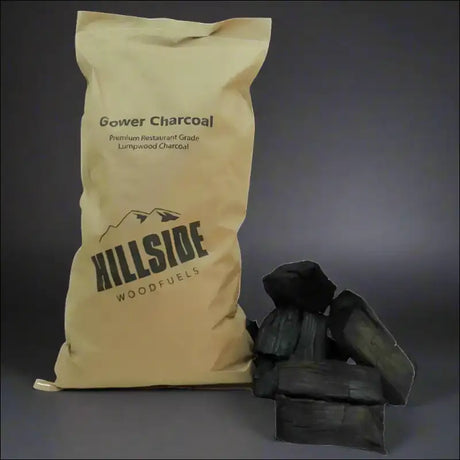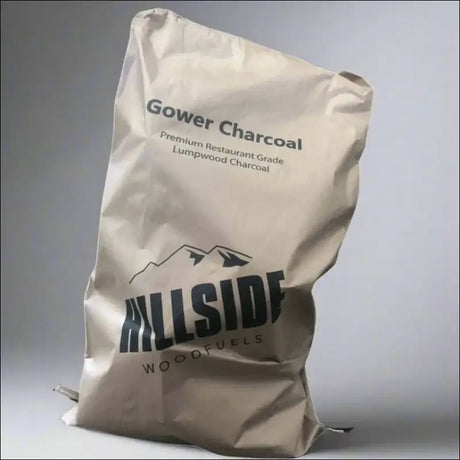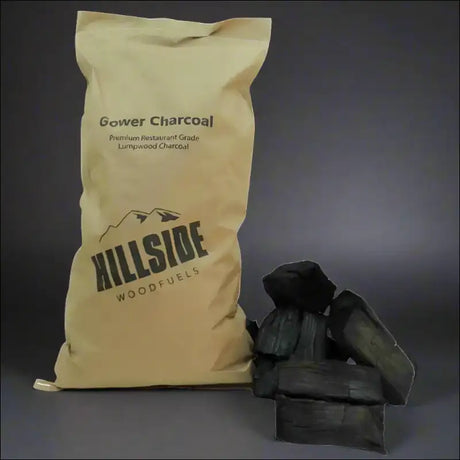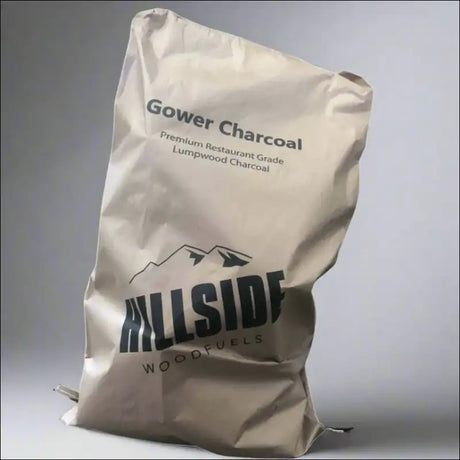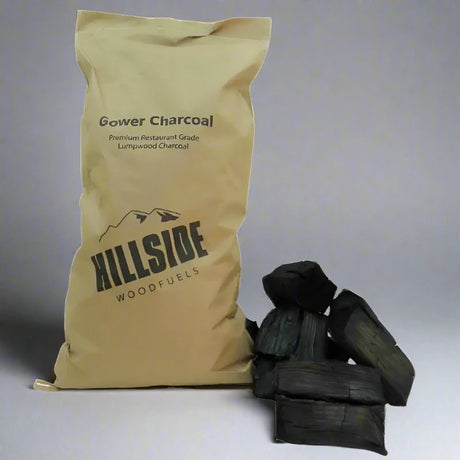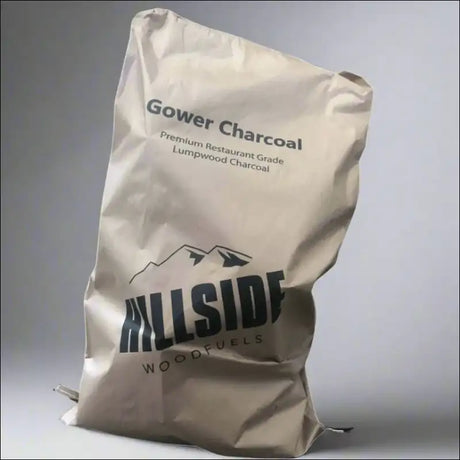Introduction
The sizzle of a perfectly seasoned steak on a hot grill, the smoky aroma wafting through the air, and the unique, mouthwatering taste of a well-grilled meal - these are just a few of the joys of barbecuing. Charcoal grilling, in particular, has gained popularity amongst food lovers and culinary explorers alike. However, there's more to the art of grilling than just tossing a slab of meat on the grate. One of the most crucial aspects is choosing the right type of charcoal. The type you choose can greatly influence not only the taste of your food but also the efficiency of your cooking experience.
In the grilling world, there are three main factors to consider when comparing different types of charcoal: taste, burn, and cost. But how do different types of charcoal compare on these aspects? Let's dive in and find out.
Taste: Flavor Profiles and Aromas
The type of charcoal you use can significantly impact the taste and aroma of your grilled food. Different charcoals can impart distinct flavor profiles and aromas, enhancing or complementing the underlying flavors of your food. Whether you're grilling a juicy steak, a delicate fish, or an assortment of colourful veggies, the right choice of charcoal can take your dish to the next level. Let's compare the taste profiles of three popular types of charcoal: hardwood charcoal, lump charcoal, and briquettes.
1. Hardwood Charcoal
Hardwood charcoal, as the name suggests, is made from hardwood trees. It's produced by heating the wood in an oxygen-free environment, a process called carbonisation, resulting in a product that is almost pure carbon. Our hardwood ash logs are a prime example of this type of charcoal.
Hardwood charcoal is known for its robust and smoky flavor profile. The choice of hardwood, such as oak, hickory, or maple, can also add a unique twist to the aroma. The main advantage of using hardwood charcoal is its ability to infuse your grilled food with a rich, smoky flavor. However, it burns faster than other types of charcoal, which means you might need to replenish it more frequently.
2. Lump Charcoal
Next up is lump charcoal. Lump charcoal is essentially wood that has been burned down to chunks. It's very similar to hardwood charcoal but is produced from a variety of wood types, not just hardwood. If you're interested in trying lump charcoal, check out our lumpwood charcoal collection.
Lump charcoal imparts a milder flavor compared to hardwood charcoal but is still quite distinctive. The choice of wood can influence the flavor profile, with some woods producing a sweeter or more aromatic smoke. Lump charcoal burns hotter than hardwood charcoal, making it a good choice for searing meats. However, it can also burn inconsistently, with some pieces burning out faster than others.
3. Briquettes
Last on our list are briquettes. Unlike the other two types, briquettes are made from a mixture of charcoal, binders, and often, other fillers. They are moulded into a uniform shape and size, ensuring a consistent burn.
Briquettes offer a more neutral flavor compared to hardwood and lump charcoal. This can be an advantage if you want your food's natural flavors to shine through without the interference of the charcoal's taste. On the downside, some briquettes may contain additives that can produce unwanted flavors. So, it's crucial to choose high-quality briquettes, like those found in our restaurant-grade charcoal collection.
Burn: Heat Output and Burn Time
Beyond taste, the burn characteristics of your charcoal - that is, its heat output and burn time - can greatly influence your grilling efficiency. Different types of charcoal burn at different temperatures and for varying lengths of time, affecting how well your food cooks.
1. Hardwood Charcoal
Hardwood charcoal has a high heat output, reaching temperatures ideal for searing meat and imparting a delightful crust. However, it tends to burn more quickly than other types of charcoal. Factors such as the density of the wood and its moisture content can affect these burn characteristics. To get the most out of your hardwood charcoal, ensure it's properly lit and optimally arranged to provide a steady, hot burn.
2. Lump Charcoal
Lump charcoal, with its irregular shapes and sizes, burns hotter than hardwood charcoal. This makes it excellent for high-heat cooking methods like searing. However, its inconsistent size can also lead to an uneven burn, with smaller pieces burning out much faster than larger ones. To optimise the burn time of lump charcoal, it's best to arrange the pieces strategically, placing the larger chunks in the centre of the grill and the smaller ones around them.
3. Briquettes
When it comes to burn time and consistency, briquettes reign supreme. Their uniform size and composition allow for a steady, long-lasting burn. However, their heat output is generally lower than that of hardwood or lump charcoal. To control the heat and burn time when using briquettes, pay attention to their arrangement and ventilation. A pyramid arrangement allows for better airflow and a hotter burn.
Cost: Value for Money
Lastly, the cost of charcoal is an important factor to consider. While cost isn't always a direct indicator of quality, it can reflect factors such as production process, wood quality, and performance.
1. Hardwood Charcoal
Hardwood charcoal, given its production process and the quality of wood used, tends to be more expensive than other charcoal types. However, the rich, smoky flavor it imparts can be worth the extra cost, especially for those who take their grilling seriously.
2. Lump Charcoal
The cost of lump charcoal can vary widely, largely depending on the type of wood used and the production method. While generally more affordable than hardwood charcoal, lump charcoal offers a unique flavor profile and high heat output, offering good value for money.
3. Briquettes
Briquettes are generally the most affordable of the three types. Their long burn time and heat consistency make them a cost-effective choice for long, slow grilling sessions. However, it's vital to choose briquettes free of unwanted additives to avoid any flavor compromises.
Conclusion
Choosing the right type of charcoal can make a world of difference to your grilling experience. Whether it's the smoky flavor of hardwood charcoal, the high heat of lump charcoal, or the cost-effectiveness and consistency of briquettes, each has its unique advantages.
Remember, the best charcoal for you depends on your palate, grilling style, and budget. We encourage you to experiment with different types of charcoal from our wood fuels collection to find the one that best suits your preference. Happy grilling!



